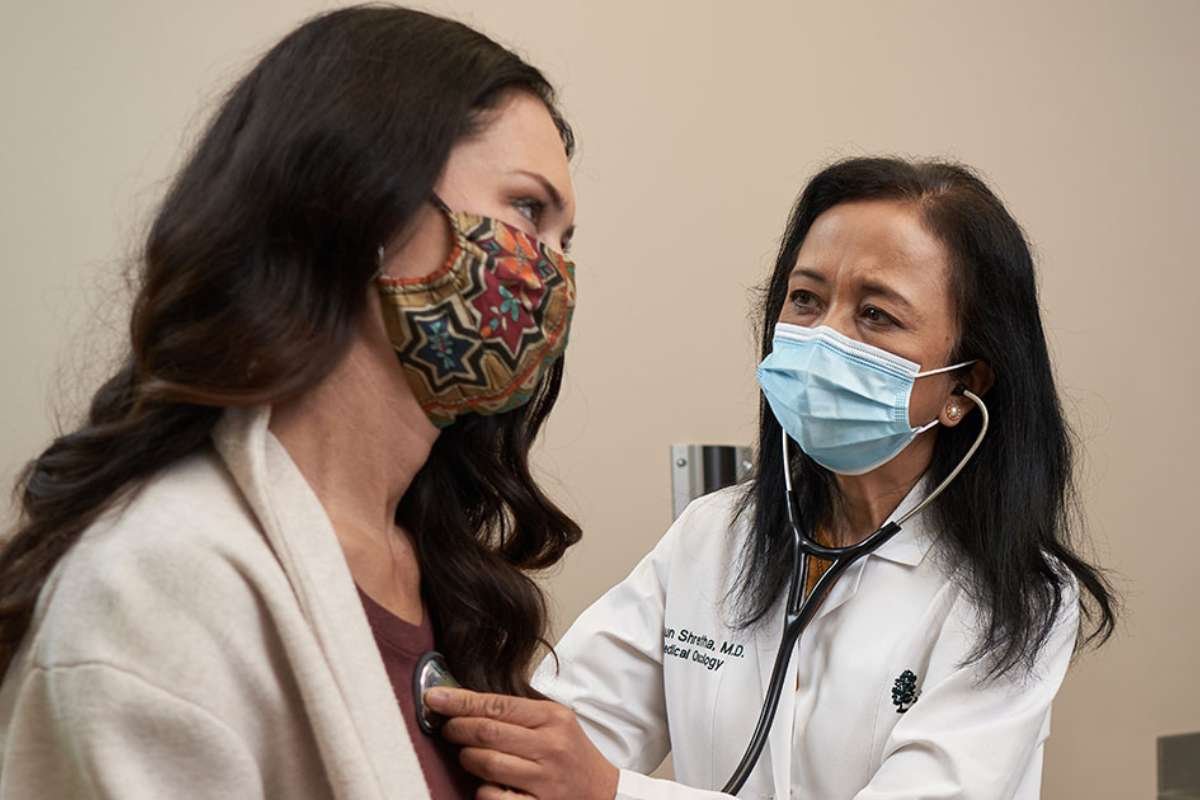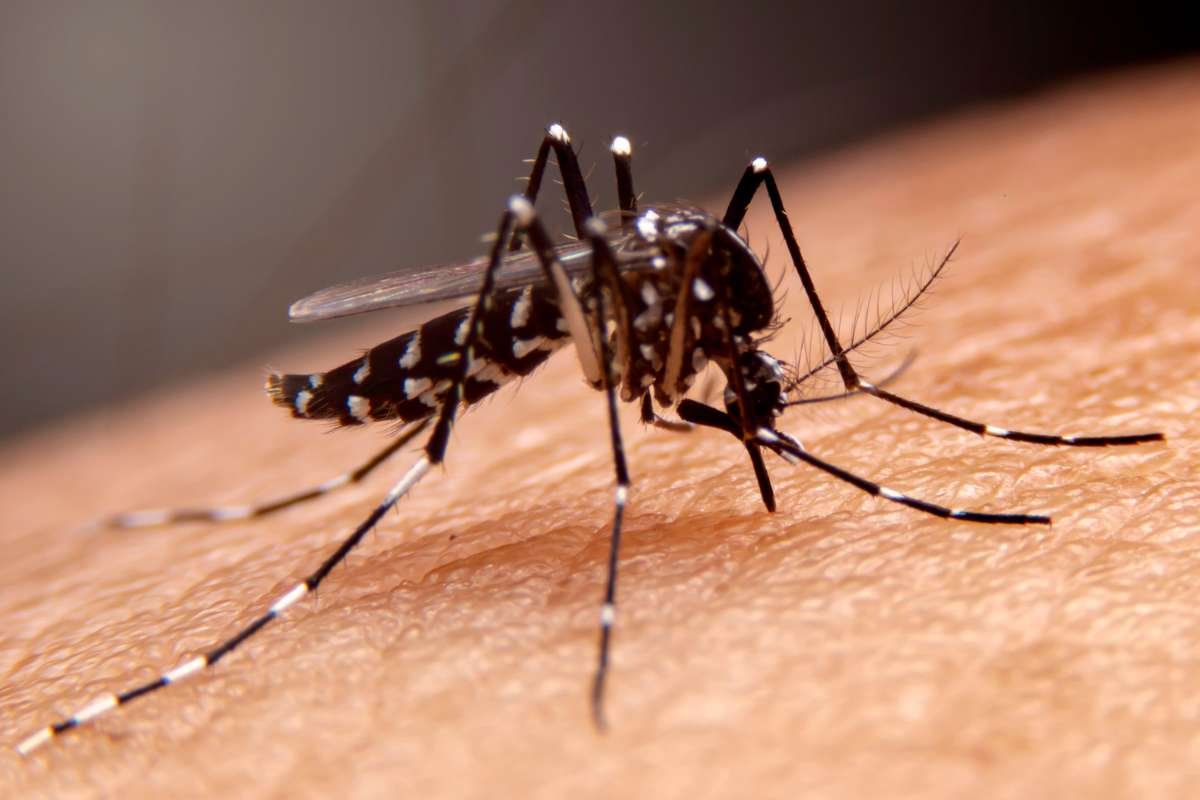Increasing Cancer Incidence Rates for Women Under 50
Cancer incidence rates continue to rise, particularly for women under 50, according to the latest report from the American Cancer Society (ACS). The cancer incidence rates for women in this age group has surged from 51% higher than men in 2002 to 82% higher in 2021. This increase is driven mainly by rising cases of breast and thyroid cancers. Despite this trend, overall cancer mortality has declined by 34% over the past 30 years, thanks to advancements in early detection, treatment, and smoking cessation. This decline has resulted in approximately 4.5 million lives saved. However, cancer remains the second leading cause of death in the United States, particularly among individuals under 85.
Persistent Racial Disparities in Cancer Mortality
The report highlights ongoing racial disparities in cancer mortality. American Indian and Alaska Native (AIAN) populations face significantly higher mortality rates from cervical, kidney, liver, and stomach cancers compared to White populations. Similarly, Black individuals experience twice the mortality rates from prostate, stomach, and uterine cancers. These disparities are attributed to systemic discrimination and limited access to healthcare. The authors of the report emphasize that addressing these inequalities through increased investment in healthcare access, particularly for AIAN and Black communities, is crucial for reducing cancer-related deaths and improving outcomes.
Progress and Challenges in Cancer Survival Rates
While cancer mortality rates have generally declined, notable exceptions remain. Uterine and cervical cancer survival rates have worsened, with Black women facing particularly poor outcomes. Uterine cancer has become the fifth most common cause of cancer death among women, with Black women experiencing significantly lower survival rates compared to White women. The lack of significant advancements in treatment and underfunding for research are cited as key factors in the stagnation of progress for these cancers.
Conversely, significant improvements have been observed in the survival rates of cancers such as thyroid, prostate, testis, and melanoma, largely due to earlier diagnosis and advancements in treatment. For instance, the survival rate for certain blood cancers has improved from 22% in the 1970s to 70% today. However, pancreatic cancer remains a significant challenge, with minimal progress in treatment and a five-year survival rate of just 8%.
The ACS report underscores the importance of continuous research, better healthcare access, and targeted interventions to address both the rising cancer incidence rates for women and persistent racial disparities in cancer outcomes.







